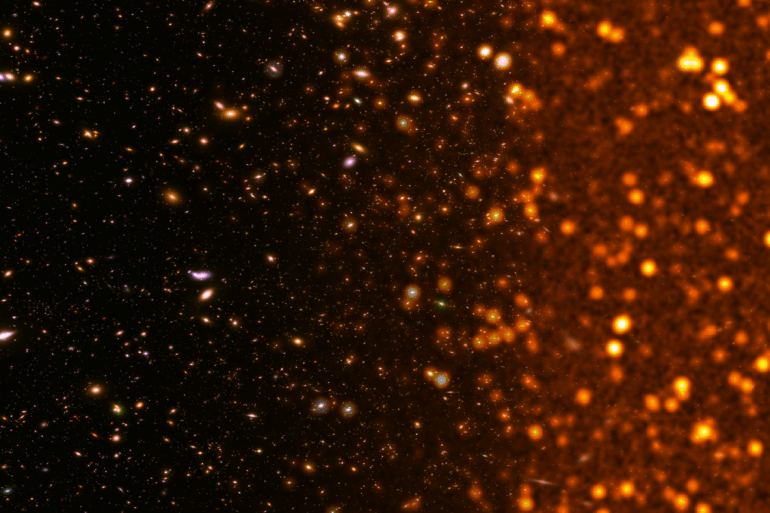
The growth of galaxies in the Early Universe – III
LOCATION: Sport & Kurhotel at Bad Moos - Via Val Fiscalina 27, 39030, Sexten
DETAILS
This workshop is a chance to discuss the nature and evolution of high redshift galaxies, from cosmic noon to re-ionization, as derived from a variety of observational evidence collected across the whole electromagnetic spectrum, and theoretical investigations.
We aim in particular to trace the consistency between the star-formation and the mass assembly processes.
The workshop will offer us a chance to discuss the latest results from Great Observatories (in orbit and on the ground), and to brainstorm on the exciting opportunities that new instruments like the now fully-fledged ALMA and the forthcoming JWST are opening in the nearby future.
In the tradition of the previous meetings, organized under the auspices of ASTRODEEP, we aim at bringing together members of the main extragalactic surveys, like CANDELS, 3D-HST, HUDF, VUDS and GOODS-Herschel, to present their latest results and perspectives for the next future.
Ample space and possibly a special session will be dedicated to present and discuss future programs involving new or forthcoming instrumentations and facilities – needless to say, JWST being the most obvious and compelling case.
The workshop will be a chance to discuss the major questions on the ground, like:
– What physical mechanisms control the growth of galaxies behind their mass ?
– What have we learnt from ALMA on the efficiency of gas conversion in galaxies ?
– What can we expect from JWST, beyond extending galaxy counts and LF to deeper magnitudes?
– Star formation and accretion: coincidence or tight relationship ?
– Deep extragalactic surveys : a biased view of the early Universe ?
Topics
Topics to be covered are:
– Star formation and mass assembly at high redshift
– Statistical properties of high redshift galaxies
– Rest frame properties of high redshift galaxies and AGN:
– Estimate of metallicity and its impact on the global properties;
– The evolution of dust and dust-to-gas content in high redshift galaxies;
– Differentiating AGN and starburst galaxies at cosmic noon;
– Deep fields behind gravitational lenses;
– Methods for optimal photometry over a large wavelength and spatial resolution range;
– Advanced methods for SED fitting;
RELATED FILES
FEE
Closed
WORKSHOP CODE FOR BUS AND PAYMENT
ORGANIZERS
SOC
- A. Fontana (Chair) - J. Dunlop - D. Elbaz - H. Ferguson - O. Le Fevre
